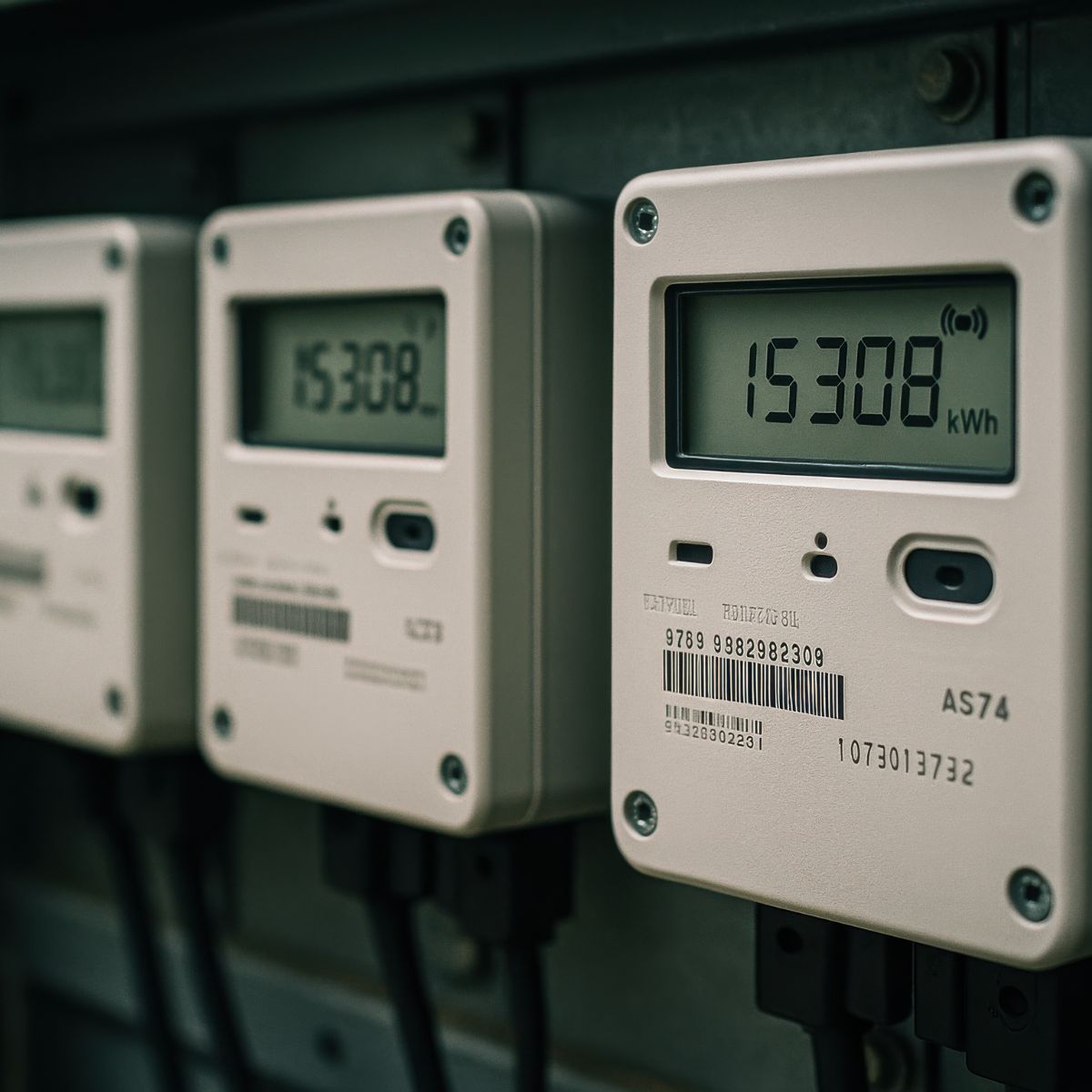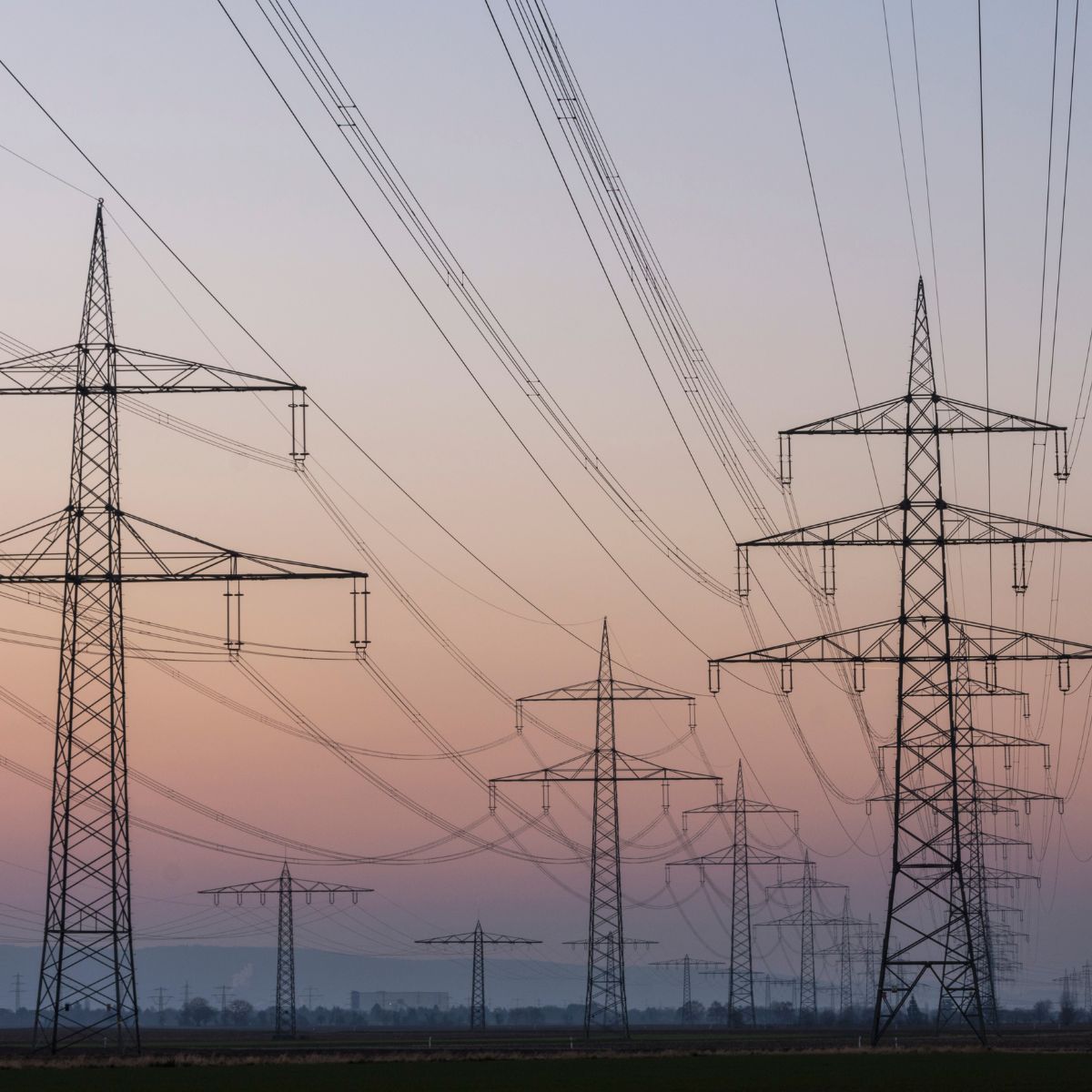Reading time: 2 minutes
The 5 Essential Safety Rules
To prevent accidents, the following five safety rules must be strictly followed:
- Disconnect Power – Ensure the system is completely disconnected from the power supply.
- Secure Against Reconnection – Prevent accidental re-energization of the system.
- Verify Absence of Voltage – Confirm that no voltage is present before proceeding.
- Ground and Short-Circuit – These measures prevent the unintended return of voltage.
- Cover or Barrier Nearby Live Parts – Additional protective measures help prevent dangerous contact.
Prevention Through Training and Modern Technology

Workplace safety starts with proper education. Electricians should undergo regular training to stay informed about evolving safety standards and regulations. In addition to traditional training methods, many companies are adopting digital learning platforms and virtual reality (VR) simulations to recreate hazardous scenarios realistically.
Advanced protective technologies, such as contactless voltage testers and smart protective gear with built-in sensors, enhance safety by detecting risks early and enabling proactive responses.
Safety as a Workplace Culture
Safety is not just an individual responsibility but must be embedded into workplace culture. Clear safety guidelines, frequent inspections, and open communication about potential hazards contribute to heightened awareness and accident prevention. Companies should foster an environment where safety concerns can be openly addressed and improvements can be continuously implemented.
The Role of Regulatory Standards and Global Collaboration
Ensuring safety in electrical work requires not only individual and company-level responsibility but also adherence to international safety standards. Organizations such as the International Electrotechnical Commission (IEC) and the Occupational Safety and Health Administration (OSHA) set global guidelines to promote best practices. Cross-border collaboration and knowledge sharing between industries and regulatory bodies contribute to higher safety standards worldwide. Governments and professional associations play a key role in enforcing regulations, conducting inspections, and providing resources for continued education and awareness.
Safety is Everyone’s Responsibility
Regardless of experience level, strict adherence to safety regulations is crucial in preventing accidents and saving lives. Investing in training, modern technology, and a strong safety culture benefits both employees and businesses. A secure working environment ensures a healthy and productive workforce.









